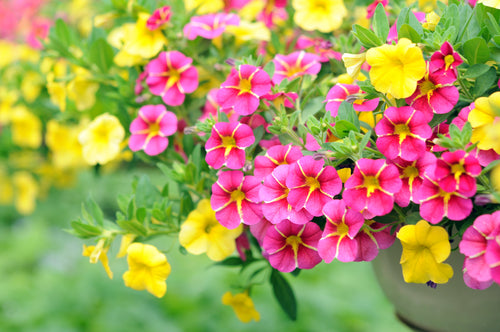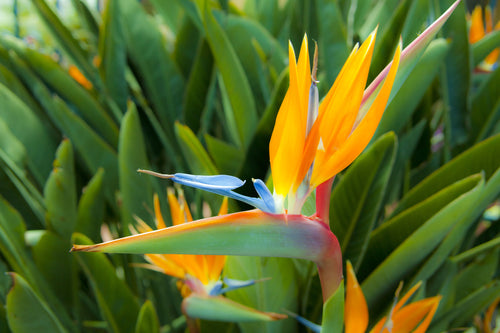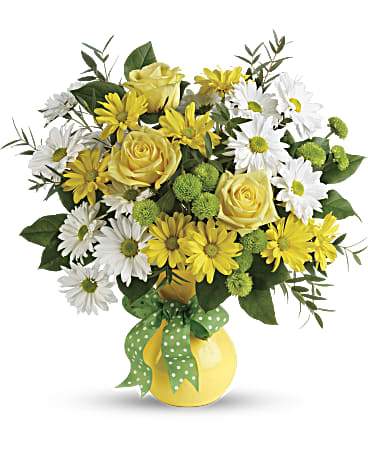March can be one of those months that is neither here nor there, not quite winter and not yet spring either. Although the promise of spring is on the horizon and we are at times even treated to one of those beautiful sunny days, don’t be fooled, winter most certainly still has us in its grip. Any given day can bring a snowstorm. And despite this it is hard not to get infected with that spring fever when we see buds forming and even a few brave spring flowers poking their heads out of a snow covered landscape.
So, what does all this mean for us gardeners? To grow or not to grow is the question. When starting one’s own plants from scratch timing is crucial. Start them too soon and ready plants have nowhere to go becoming long and leggy; start them too late and come harvest time those veggies are nowhere near ready.
The first distinction that should be made is whether plants are cool or warm season crops. Cool season crops thrive in cold temperatures and will not perform well over the hot summer months. These do best in spring and fall when temperatures are low with the cold contributing to their flavor and sturdy growth. Examples of cold crops are kale, cabbage, Brussel sprouts, radishes, lettuce and beets. Many of these plants will be able to withstand a frosting or even require it to form strong, sturdy stems. A well planned vegetable garden can facilitate multiple crops in a single year; a cool crop in spring, a warm crop in summer and a cool crop again in fall.
March is the ideal month to start various cold and warm season vegetables indoors. Exceptions to this would be cold season crops that are direct sown outdoors and warm season crops that grow extremely fast such as squash, cucumbers and green beans, for which it is still too soon. Some vegetable types are best direct-sown outdoors whilst others will benefit from an indoor start and subsequent transplanting as seedlings. The appropriateness of each method is species specific. Cold season crops can be direct sown very early despite harsh weather once the ground is workable. Direct sowing helps reduce the workload by eliminating transplanting and tending to seedlings. Plants that are best started outdoors as seeds include those that do not ‘like’ being moved and are commonly root vegetables such as carrots and radishes but also spinach. Most warm season vegetables are best started indoors to obtain a head start by transplanting established seedlings once environmental conditions are more favorable. It is vital when starting cold crops indoors to grow them cool (50-55F) as this will greatly aid plants in being healthy, compact and hardened. Often a limiting factor to growing seedlings indoors is the lack of suitable space in homes. Suitability is determined by provision of conditions necessary for seedling growth; high light levels, good air circulation, cool temperatures and sufficient space for development.
When sowing seed, a general rule of thumb is to sow the seed twice the depth of the seed size itself, keeping in mind that miniscule seed might only require a dusting of soil to cover them. Be sure to use a seed starting mix rather than a potting mix as the latter contains excess fertilizer that is unsuitable for seed. Regular garden soil is also unsuitable as it is too heavy and contains weed seed.
To speed up the germination process use bottom heat either by use of a heating mat or an alternative heat source. A clear plastic dome resting on top of the seed flat will act as a miniature greenhouse and raise air temperature and humidity levels in that closed environment. Prior to seed germination and immediately after germination humidity levels should be kept high to avoid wilting and keep seeds moving forward. Soon after seedling emergence remove the dome to avoid stretching of seedlings, prevent any fungal diseases occurring and to acclimatize plants to normal humidity levels. Seedlings are especially susceptible to drying so vigilance must be practiced and regular checks made on flats, especially on sunny days and for shallow germinating flats.
For plants grown from a single seed (tomato, pepper) sow these in rows at regular intervals and for plants grown from multiple seeds (basil, cilantro) sow in groupings. Seedlings may require thinning depending on the plant type. When transplanting seedlings replant these at the same soil level height, firm them in and then water them in well.









